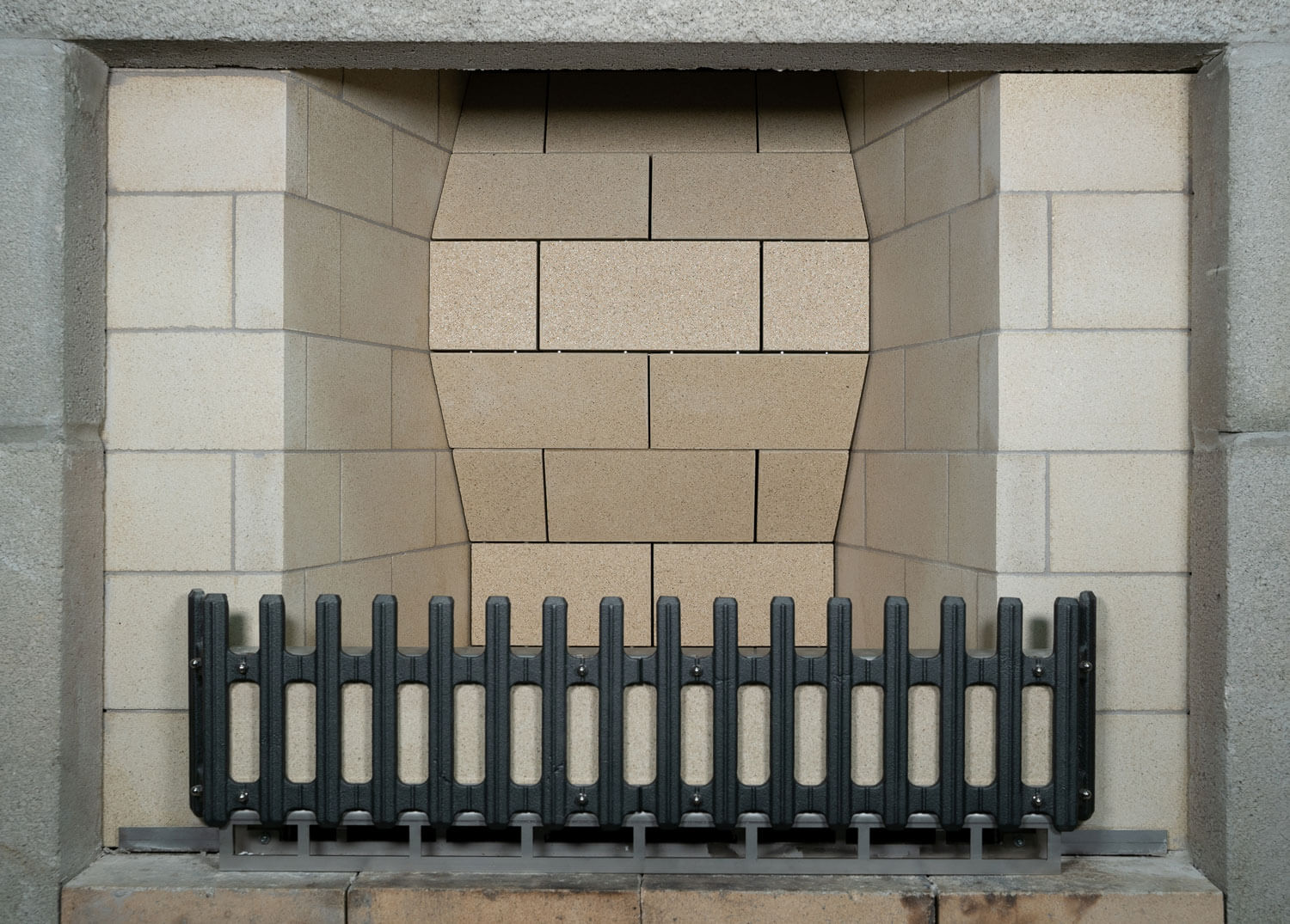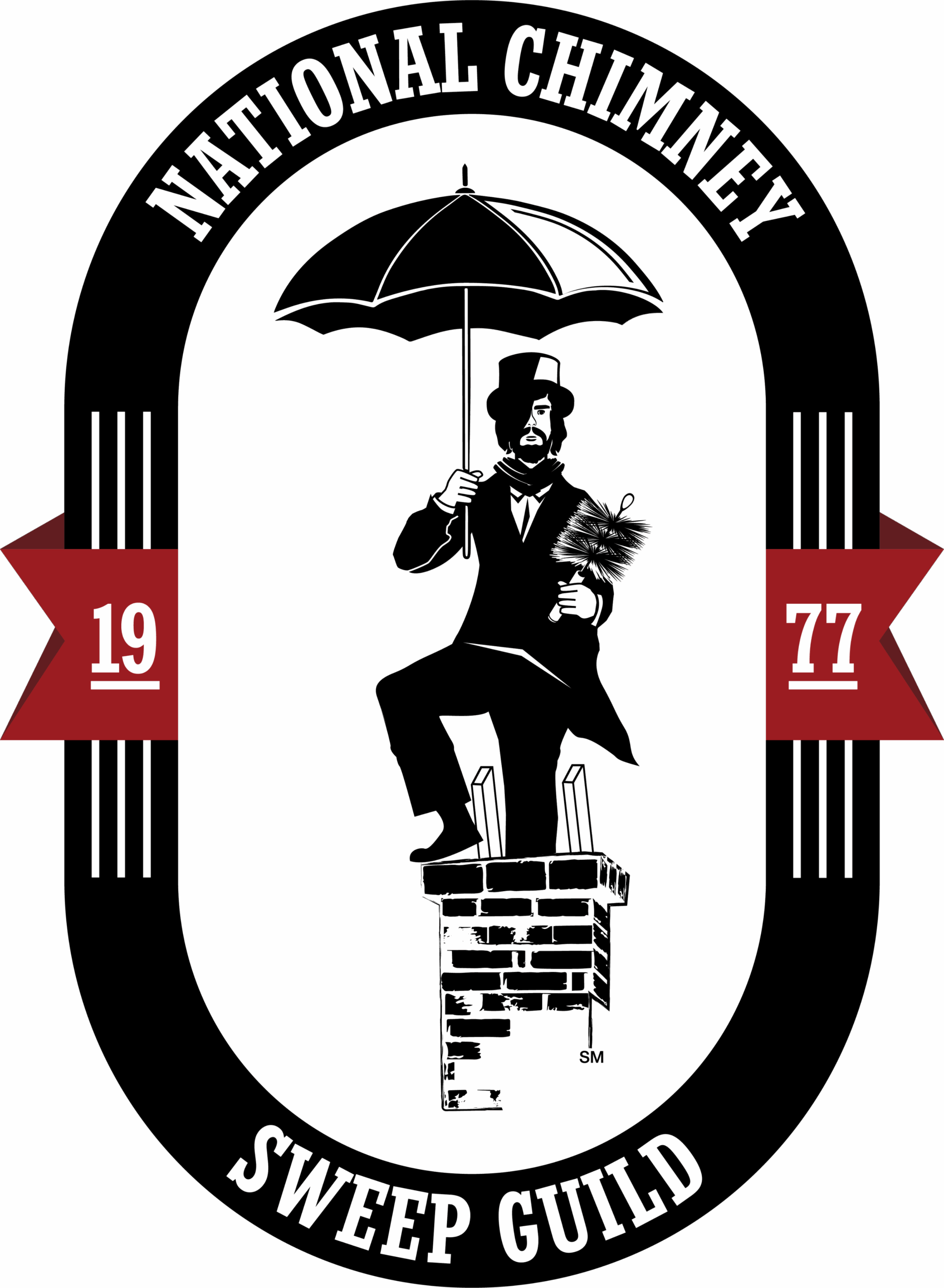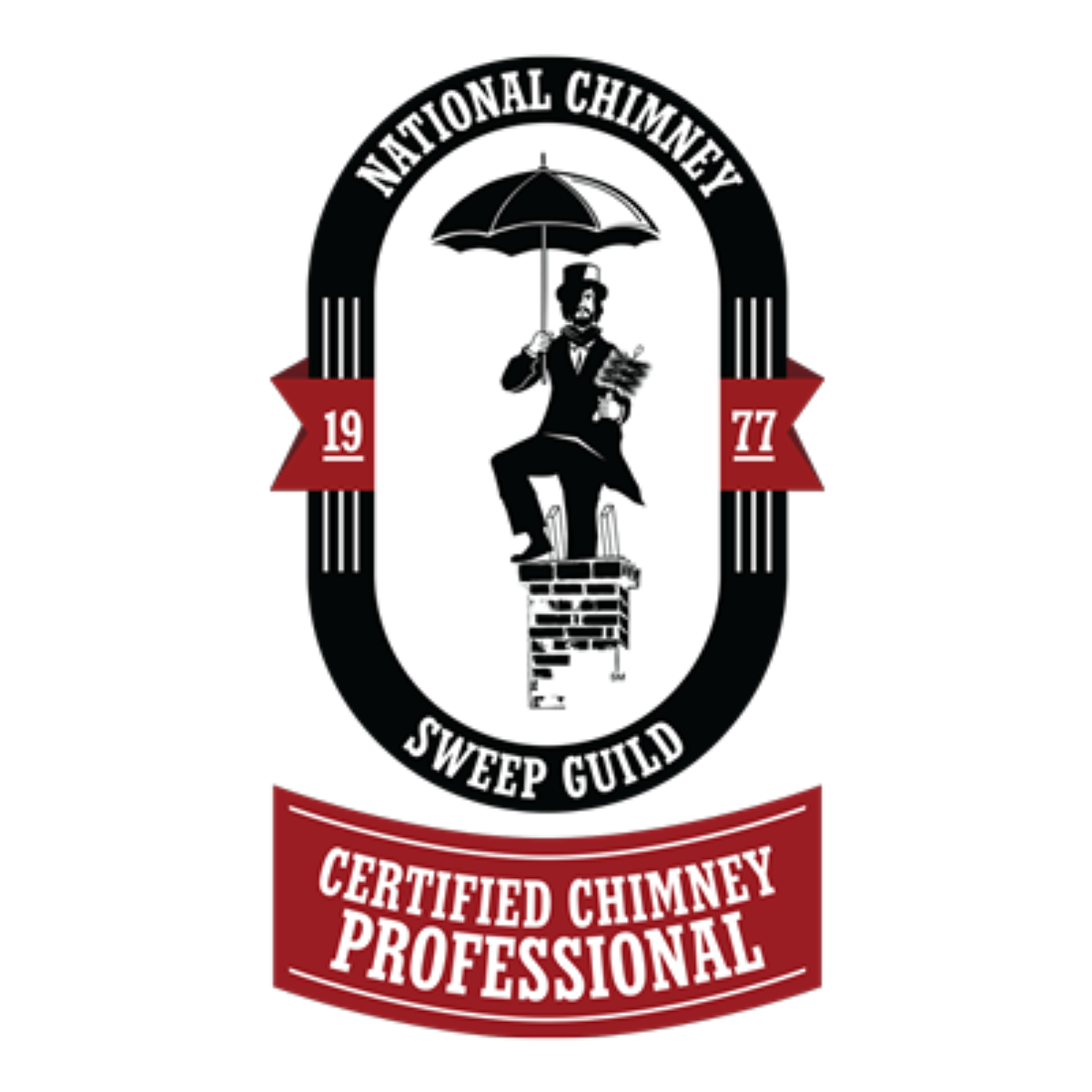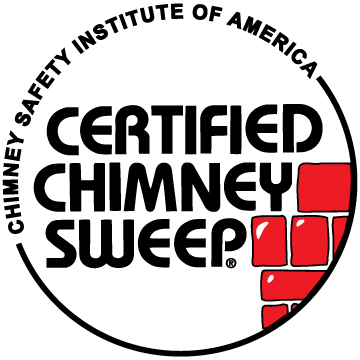The HeatShield PriorFire Retrofit Fireplace System
The PriorFire RetroFit Difference
The PriorFire RetroFit (by HeatShield) has a unique shape, materials, and “Air Wing” over-fire air injection system. These elements combine to give it a proven design that produces more heat, fewer emissions, and a tall, “fun to watch” flame when compared to a traditional masonry fireplace.
Enjoy More Heat From Your Fireplace
Call for your Professional HeatShield Fireplace Installation

More Info on this Fireplace System
Solves Fireplace Clearance Problems
The PriorFire Retrofit Fireplace System is UL listed zero clearance to combustibles with 4” nominal masonry.
One Size Fits Most
This unit can be installed in any residential fireplace with a width of 30”-41”, an opening height of 26”-30”, and a minimum depth of 20”. Note: depth and interior width is easily achieved by removing the firebox rear and side walls before installing product.
Cleaner Burning
The unique back wall “Air Wing” shape keeps the flame in contact with the rear wall of the fireplace. Preheated overfire air is syphoned or injected into the flame through the air injection slots in the back wall.
This secondary combustion feature burns off additional particulates before they reach the flue. More complete combustion means a more efficient fireplace with less pollution and less creosote buildup than a standard fireplace or similar products.
Smoke Chamber
For the unit to be installed in accordance with its UL listing, the smoke chamber must be parged with PriorFire Formula 51 smoke chamber refractory at a minimum thickness of 1”. The PriorFire Stainless Steel Smoke Chamber Dome can also be used and easily attaches to an 8” stainless steel liner.
Produces 2-3 Times More Heat Than the Average Masonry Fireplace
The unit is built with light weight fire brick, so the firebox lining accumulates less heat than standard firebrick or heavy castable materials. More heat radiates into living spaces instead of absorbing into the surrounding masonry.
Some Demolition May be Required for Installation
In most installations, you will need to remove the back wall of the firebox and damper frame. It is not uncommon to remove some of the side walls as well.










